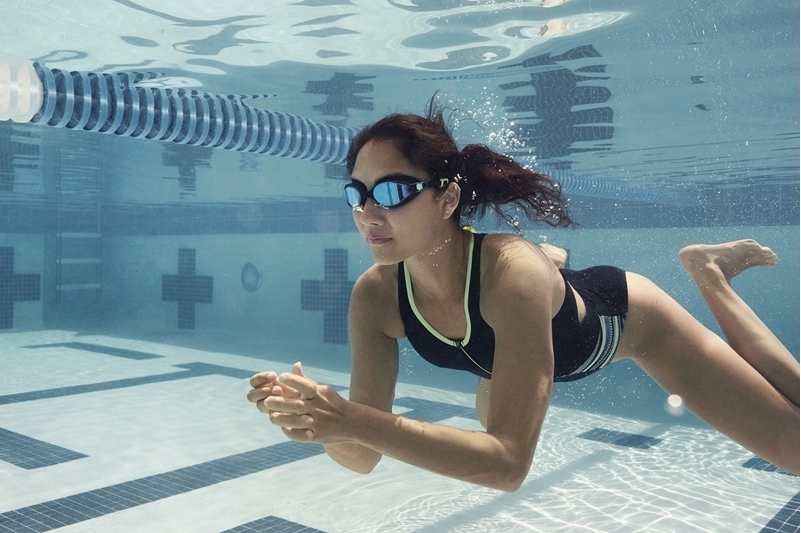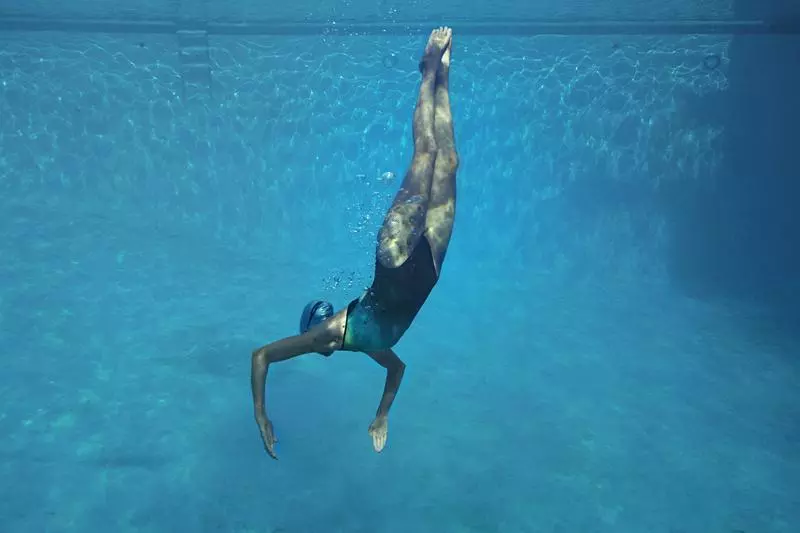How to Save Efforts in Breaststroke?
Water diversion exercise is the key point.
Among the four swimming styles, breaststroke has the highest requirement for technical movements. Besides kicking, rowing is also one of the main driving forces of breaststroke. The stroke movement of breaststroke can be divided into four parts in detail: water diversion, stroke, water holding and forward extension. Each movement has directional characteristics. If the first step of water diversion is not done well, the body will fluctuate greatly, which will affect the exertion. Therefore, it is very important to learn how to divide water in order to save effort in breaststroke stroke.

In breaststroke, if you want to achieve the effect of keeping fast speed even in long-distance, swimmers should know when to exert strength and when to relax, and water diversion is the part that requires swimmers to save strength as much as possible. If the strength of dividing water is too hard, it will not only bring any impetus but also limit the effect of subsequent stroke. Let's take a look at the separate water diversion exercises in breaststroke.

1. First of all, swimmers can wear flippers to help practice and keep the driving force forward with freestyle kicking in a slow and straight state.
2. Keep your arms straight and close together, and push the water in front of you to both sides. Pay attention to this process. Don't use too much force. Use the fluidity of water to help push it away, and then quickly return to the initial position and continue the next water practice.
3. After completing two separate water diversion actions, connect a complete breaststroke rower action. Pay attention to applying the correct water diversion action to the rowing action, and experience the coherent connection between the easy water diversion action and the hard rowing action.

Among the four swimming styles, breaststroke has the highest requirement for technical movements. Besides kicking, rowing is also one of the main driving forces of breaststroke. The stroke movement of breaststroke can be divided into four parts in detail: water diversion, stroke, water holding and forward extension. Each movement has directional characteristics. If the first step of water diversion is not done well, the body will fluctuate greatly, which will affect the exertion. Therefore, it is very important to learn how to divide water in order to save effort in breaststroke stroke.

In breaststroke, if you want to achieve the effect of keeping fast speed even in long-distance, swimmers should know when to exert strength and when to relax, and water diversion is the part that requires swimmers to save strength as much as possible. If the strength of dividing water is too hard, it will not only bring any impetus but also limit the effect of subsequent stroke. Let's take a look at the separate water diversion exercises in breaststroke.

1. First of all, swimmers can wear flippers to help practice and keep the driving force forward with freestyle kicking in a slow and straight state.
2. Keep your arms straight and close together, and push the water in front of you to both sides. Pay attention to this process. Don't use too much force. Use the fluidity of water to help push it away, and then quickly return to the initial position and continue the next water practice.
3. After completing two separate water diversion actions, connect a complete breaststroke rower action. Pay attention to applying the correct water diversion action to the rowing action, and experience the coherent connection between the easy water diversion action and the hard rowing action.
